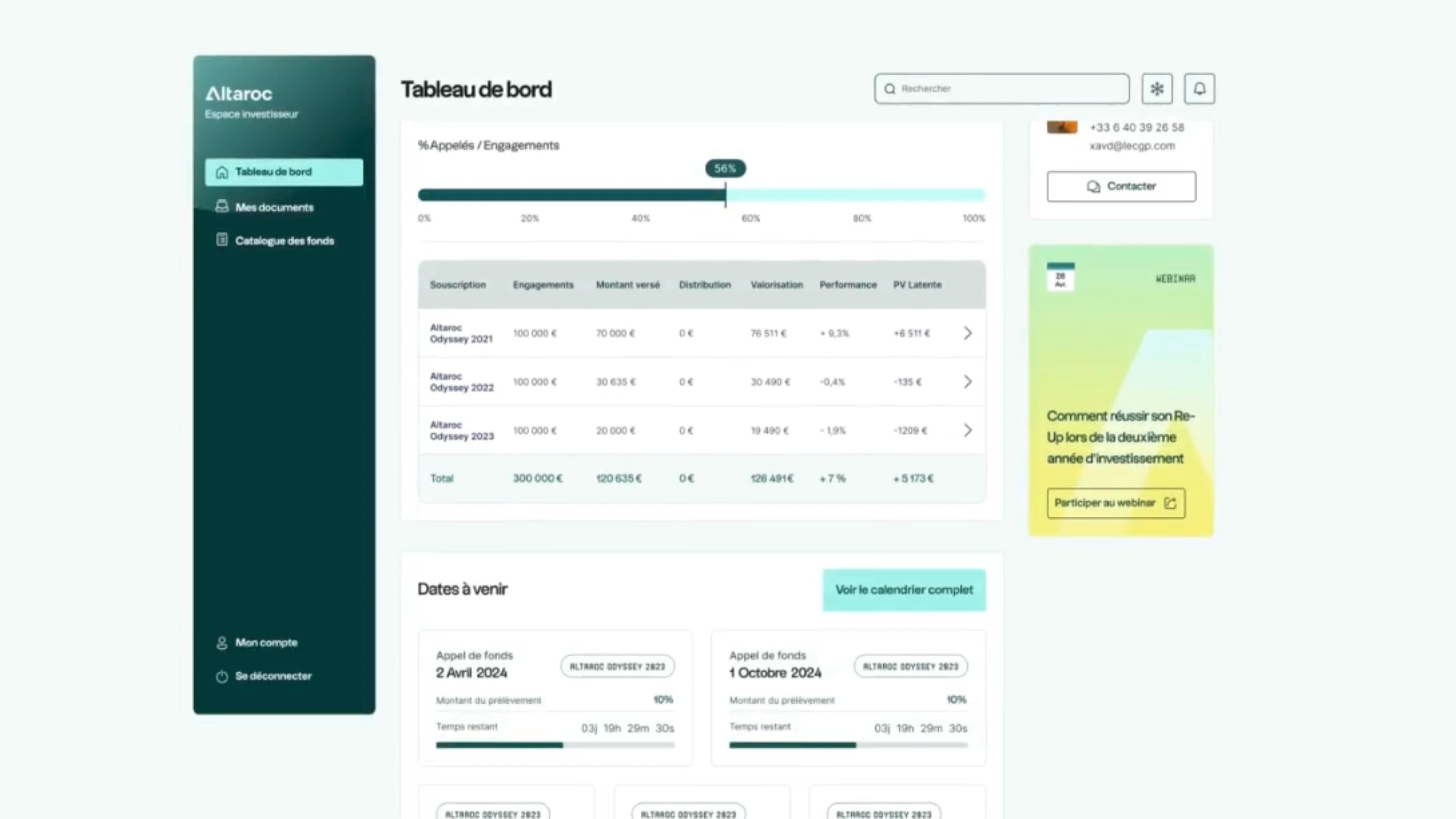Net Asset Value (NAV) is a benchmark financial indicator used to estimate the real economic value of a company or fund, taking into account the revaluation of its assets at fair market value. It is an essential measure, particularly in the private equity and real estate sectors, and for certain listed companies.
What is NAV (Net Asset Value)?
Net Asset Value (NAV) is an accounting measure used to assess the real value of a company or fund, taking into account the revaluation of its assets at fair market value.
ANR definition
NAV is the net asset value of a company or fund, i.e. the sum of assets revalued at market value, less liabilities. It can be expressed in absolute terms (in euros, for example), or in relation to the number of units or shares (NAV per unit/share).
Why is ANR important?
- It reflects the real economic value of a company or fund, over and above its book value.
- It provides an objective basis for evaluating or comparing investment opportunities, particularly when acquiring or selling shares.
- It is used to measure the difference between the market valuation (or proposed price) and the estimated intrinsic value.
- In private equity, it is also used to track portfolio performance in relation to underlying valuations.
How is NAV calculated?
NAV is calculated using the following formula:
NAV = Market value of assets - Total liabilities
In private equity, this calculation often involves :
- Regular revaluation of investments in unlisted companies,
- Integration of available cash,
- And the inclusion of liabilities and commitments associated with the portfolio.
The ANR formula

Where:
- Revalued asset value: market value of assets held.
- Liabilities: debts and financial commitments of the company or fund.
- Number of units or shares: gives NAV per unit or share.
Calculation example
Let's take the example of an investment fund holding :
- 100 million in revalued assets.
- 20 million in debt.
- 2 million shares issued.

The NAV per unit is therefore €40, which can be compared with the market price to assess whether the asset is over- or undervalued.
Net Asset Value (NAV): a key indicator in investment appraisal
Net Asset Value (NAV) is a benchmark measure for estimating the real value of a fund, a company or a portfolio of assets. It is used for several asset classes, including private equity,real estate and listed companies.
ANR and Private Equity
In the field of private equity, the ANR is the preferred tool for :
- Track the performance of a fund based on the discounted value of its holdings;
- Assess the fair value of unlisted portfolio companies, using rigorous discounting and comparison methodologies;
- Set a fair price when buying or selling fund shares.
This approach gives investors access to a reliable, transparent and dynamic reading of the underlying value of their investments.
ANR and Real Estate
In real estate investment (SCPI, listed property companies, property asset management companies), NAV is used to :
- Assess the fair value of real estate assets, taking into account independent appraisals;
- Compare the difference between the stock market valuation and the intrinsic value of real estate assets (particularly for SIIC or listed real estate companies).
NAV and financial markets
For listed companies, NAV is used to :
- Measuring the gap between a company's share price and its fundamental value, particularly in the case of holding companies or listed property companies;
- Identify potential undervaluation when the market is trading at an unjustified discount to NAV.
Advantages and limitations of ANR
Benefits
- Provides a transparent, up-to-date view of asset values;
- Provides an objective comparison between several funds or companies;
- A relevant decision-making tool for professional and individual investors.
Limits
- Highly dependent on the valuation methods used (which may differ from one asset to another);
- Does not directly reflect future profitability or growth prospects ;
- May vary over time depending on economic conditions, sector valuations and market conditions.
Interpreting ANR as an investor
Comparing NAV to market value helps identify opportunities or understand valuation discrepancies:
- A significant discount to NAV may indicate a lack of liquidity, uncertainty over assets, or market undervaluation;
- A premium on NAV can be justified by anticipated growth, expected outperformance or differentiating strategic positioning.
The Altaroc approach
At Altarocwe systematically integrate NAV into our private equity investment monitoring and evaluation process. This indicator enables us to :
- Ensure rigorous vintage management;
- Valuing portfolios on the basis of a realistic estimate of unlisted companies;
- And to identify investment opportunities with the potential to create sustainable value.




























.jpeg)
.jpeg)
.jpeg)
.jpeg)
.jpeg)
.jpeg)





.webp)
.jpeg)
.jpeg)
.jpeg)
.jpeg)
.jpeg)
.jpeg)
.jpeg)
.jpeg)
.jpeg)
.jpeg)
.jpeg)
.jpeg)
.jpeg)
.jpeg)
.jpeg)









.webp)















.webp)
.webp)










.jpeg)


.webp)





.jpeg)
